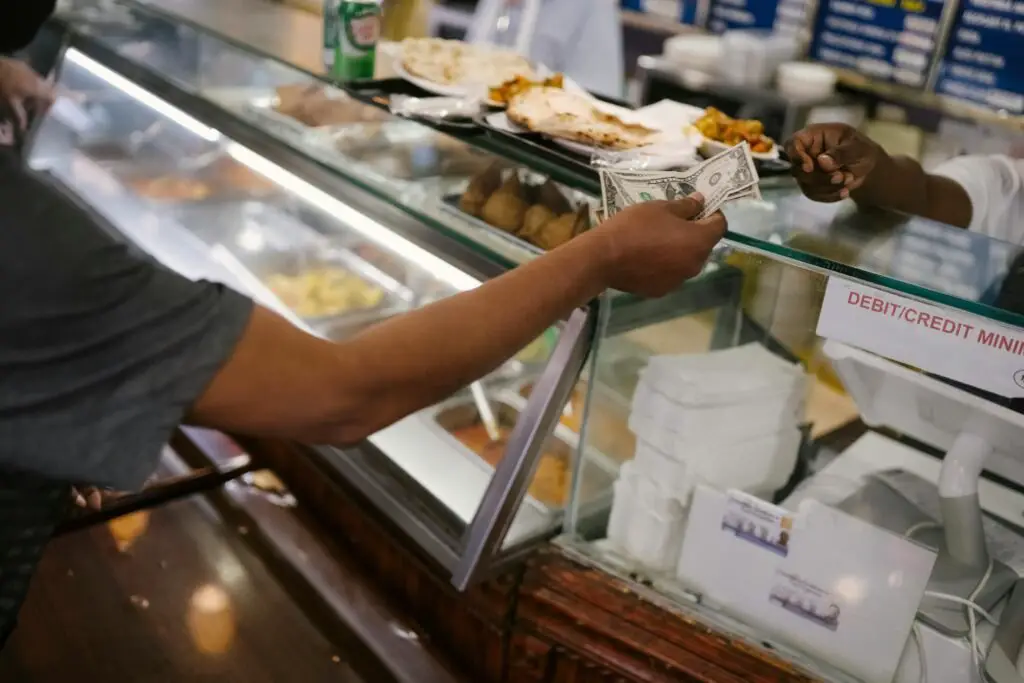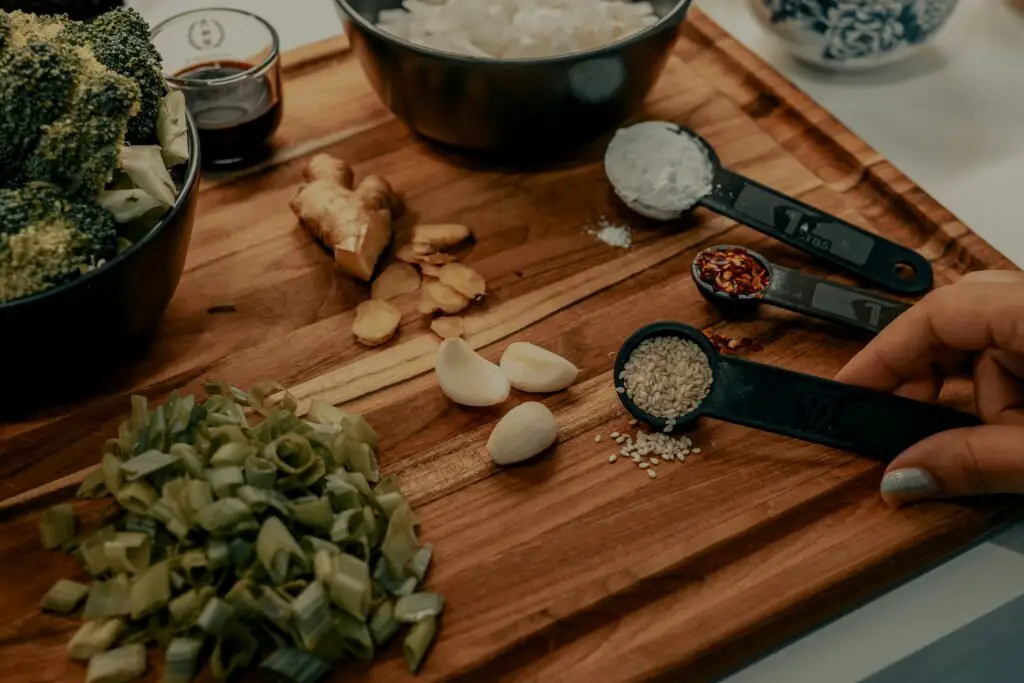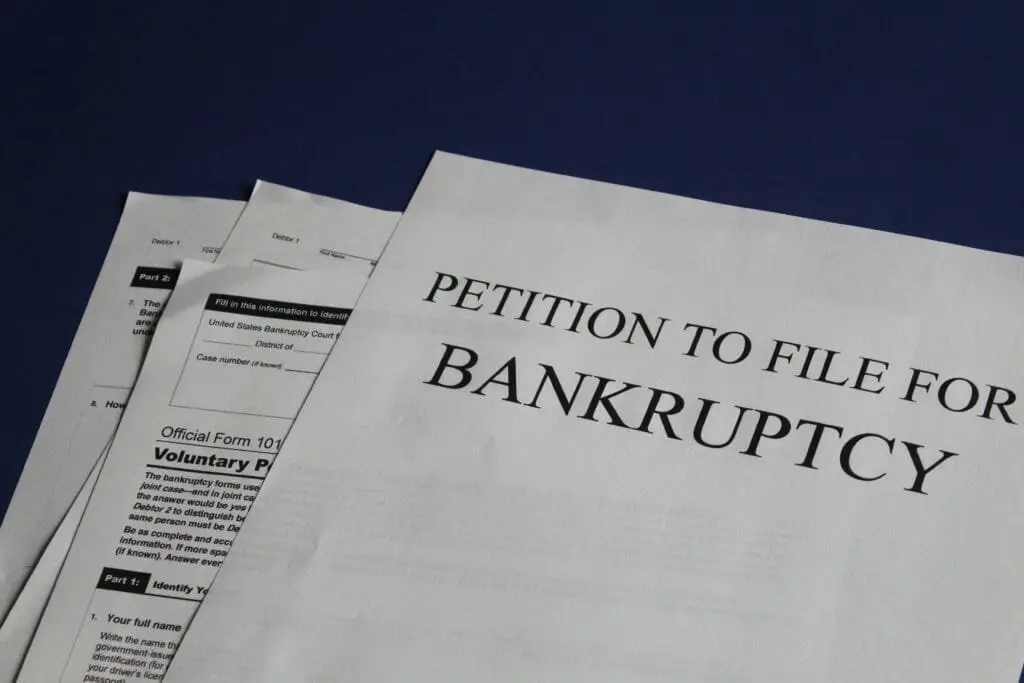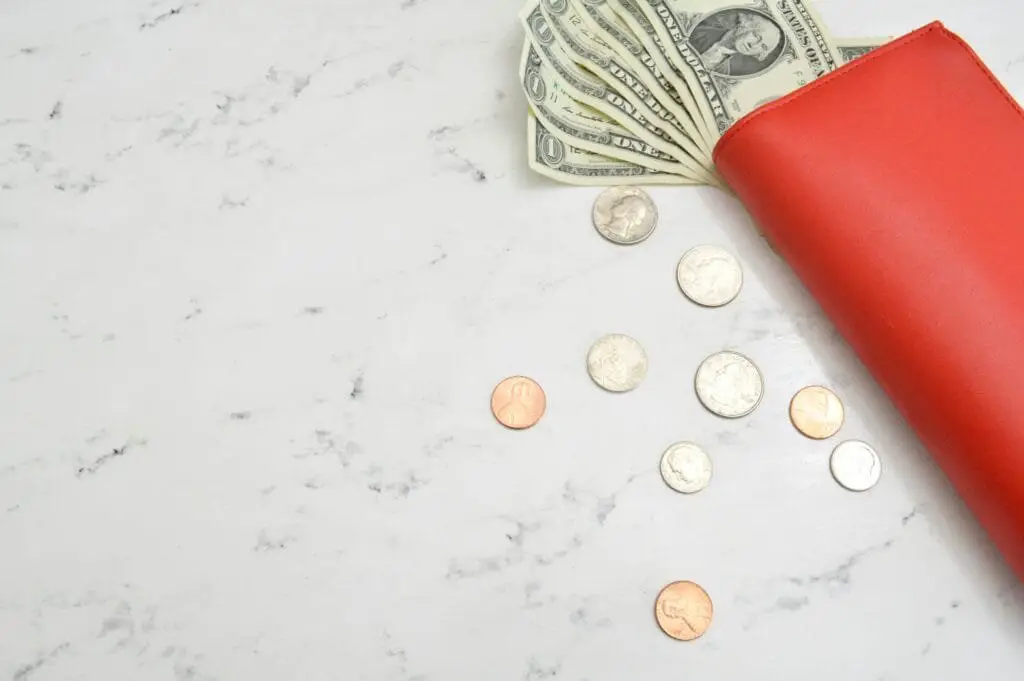Our grandparents had a way of handling money that just worked. They didn’t rely on apps, spreadsheets, or fancy tools—they kept things simple and effective. Those old-school budgeting tricks they used might be exactly what you need to find your own financial freedom. Let’s dive into a few of their tried-and-true strategies.
1. The Envelope System

Back in the day, people literally put cash into envelopes for different expenses—rent, groceries, entertainment, and so on. Once the money in an envelope was gone, that was it! No overspending. You can recreate this method today, even if you don’t use cash. Create separate “envelopes” (or digital accounts) for each category, and stick to what’s allocated.
2. Writing It All Down

Long before budgeting apps, people kept track of every penny in simple notebooks or ledgers. They knew exactly where their money was going because they wrote it all down. Even with modern technology, the act of physically writing out your expenses can help you stay mindful of your spending. It’s a hands-on way to keep your budget top of mind.
3. The 50/30/20 Rule (Before It Was Cool)

Your grandparents may not have called it the “50/30/20 rule,” but they lived by a similar idea: spend 50% of your income on needs, 30% on wants, and save 20%. It’s a budgeting method that’s stood the test of time. If you’re not using this simple guideline yet, give it a try—it’s a great way to balance your financial responsibilities and still have some fun.
4. Saving for a Rainy Day

Old-school budgeting always included a cushion for the unexpected. They knew life could throw curveballs, and having an emergency fund was non-negotiable. Start setting aside a little bit of money each month for those “just in case” moments. It’s the ultimate stress-reliever when life surprises you with an expense you didn’t see coming.
5. Cash-Only Mindset

People in the past didn’t swipe cards for everything—they paid with cash. It was easier to keep track of spending because, once the cash was gone, they couldn’t buy anything else. While we don’t need to abandon credit cards entirely, try a cash-only system for certain expenses like groceries or entertainment. It’ll help you stay grounded in your budget.
6. Living With Less

Frugality wasn’t just a trend back then—it was a lifestyle. People made do with what they had, reused, and repurposed before buying new. Adopting a mindset of contentment with what you already own can keep you from impulse buying or chasing the latest trends. The less you spend, the more you can save toward your goals.
7. The Power of Patience

Old-school budgeting wasn’t about quick fixes or fast results. It was about slow, steady progress toward financial goals. Your grandparents knew that wealth didn’t happen overnight, and you can embrace that same mindset. By sticking to your budget and making smart financial choices over time, you’ll be surprised at how much you can achieve.
8. Meal Planning and Leftovers

Back when money was tight, people made the most out of every meal. Meal planning wasn’t just a Pinterest trend—it was a necessity. They’d cook larger batches and then get creative with leftovers to stretch meals throughout the week. If you find yourself ordering takeout more than you’d like, try meal planning like they did: cook once, eat twice (or more). Not only does it save money, but it also saves time and reduces food waste!
9. Buying Secondhand First

Before fast fashion and big-box stores, folks knew the value of buying secondhand. Whether it was clothes, furniture, or even tools, secondhand shopping was the norm, not the exception. Today, hitting up thrift stores or browsing online marketplaces for used items can help you score quality goods at a fraction of the cost. Why pay full price when you can get something just as good for less?
10. Bartering and Trading Skills

Back then, cash wasn’t always the go-to for getting what you needed. People traded goods and services instead. Maybe you fixed your neighbor’s fence in exchange for a basket of homegrown veggies, or you traded babysitting for help with car repairs. While it’s less common now, bartering skills or services can still be a smart way to save money. Have a skill someone needs? Don’t be afraid to offer a trade!
11. Avoiding Debt Like the Plague

Debt was something to be avoided at all costs. If they couldn’t pay for it outright, they’d hold off until they could. Credit cards weren’t used to rack up purchases but as a last resort for emergencies. Today, with debt so easy to accumulate, their cautious approach is a valuable reminder: try to live within your means, and avoid taking on debt unless it’s absolutely necessary.
12. Growing Your Own Food

Having a backyard garden wasn’t just a hobby; it was a way of life. Fresh produce from the garden saved trips to the grocery store and cut down on food costs. Even if you don’t have a big yard, starting a small herb garden on your windowsill or balcony can add up to big savings over time. Plus, there’s something deeply satisfying about eating food you grew yourself.
13. Delayed Gratification

Back then, instant gratification wasn’t even an option. If they wanted something, they saved for it—sometimes for months or even years. This mindset kept them from falling into the trap of impulse buys or overspending. Today, with everything just a click away, it’s easy to forget the value of patience. Next time you’re tempted by an impulse purchase, wait 24 hours before buying. You might realize you didn’t need it after all.
14. DIY Repairs and Maintenance

Hiring someone to fix things around the house was a last resort. They learned to do their own home repairs, car maintenance, and even sewing and mending. These skills saved money and kept things in good working order for years. Today, YouTube tutorials can be your guide to tackling small fixes on your own. Embracing a DIY mindset will not only save you money but also give you a sense of accomplishment and self-reliance.
These old-school tricks are simple, but they’re incredibly effective. By going back to the basics, you might just unlock the key to financial freedom—one budget-friendly step at a time.


